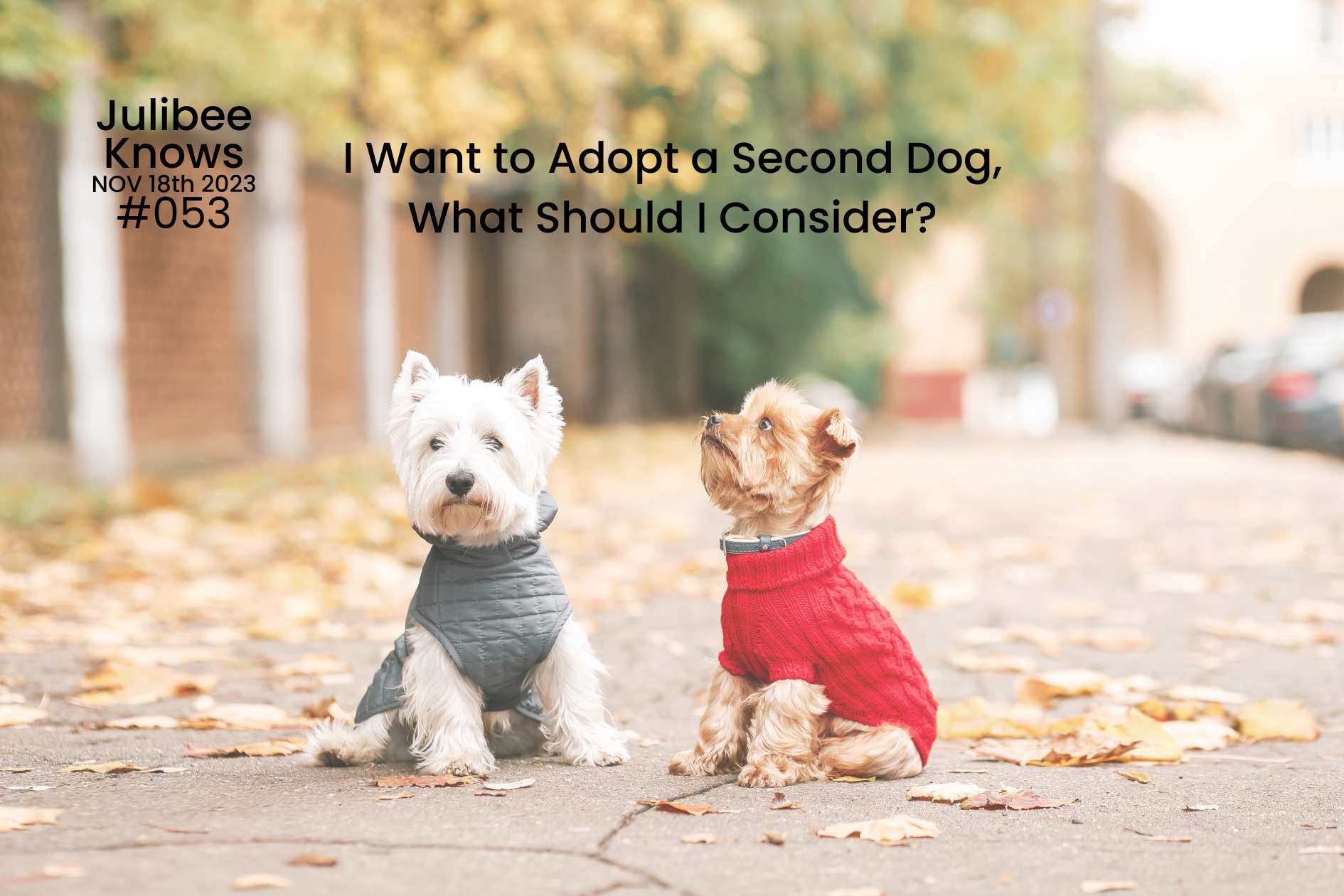
Canine Solitude: Deciphering Signs When Your Dog Needs Some Alone Time
Explore the subtle cues your dog gives when it craves solitude. From hiding and changes in behavior to self-amusement, understand when your furry friend needs a break. Learn to respect your dog's need for quiet...
Inside this Article:
In our minds, dogs are often perceived as lively and energetic companions, always brimming with enthusiasm. However, there are times when, no matter how much you call or try to engage, your dog simply ignores you. It might even growl or snarl when you attempt to pet it. What's going on? In reality, your dog might be telling you, "I need some alone time." Yes, you read that right—dogs also need moments of solitude. Similar to humans, dogs have individual personalities, preferences, and habits, encompassing aspects of daily play, toys, food, and lifestyle. Constant exposure to a noisy environment or continuous stimulation and exercise can leave them feeling drained, just like it would for a human.

So, how can you tell if your dog needs a moment of quiet? Animal behaviorists suggest that you can gauge it from your dog's behavior. Here are some indicators:
1. Signs of Stress:
- Dogs, like humans, can experience stress. If your home is hectic or if your dog has been through a period of high stress, they may need quiet time. Providing a calm and comfortable space with a warm bed, chew toys, and some white noise can help alleviate anxiety.
2. Seeking Seclusion:
- If your dog retreats or hides, it indicates a desire for solitude. This doesn't necessarily mean fear; it could be a response to excessive noise, disturbance, or being awakened from a peaceful nap. Let your dog sleep undisturbed when it chooses to hide.
3. Disruption of Routine:
- Dogs thrive on routines, and disruptions can lead to anxiety. Regular schedules provide comfort and security. If you notice your dog's habits being disrupted, they might need time to adjust. For instance, if your dog usually naps in the afternoon, respect that time.
4. Unusual Behavior:
- Just like humans under stress, dogs might exhibit peculiar behavior. Some may pace restlessly, while others might appear lethargic or excessively lick themselves. Giving them some time alone can often help them relax and return to normal behavior.
5. Desire to Go Outside:
- If your home has a sunny yard or a spacious balcony, consider letting your dog out. If it keeps scratching at the door or seems eager to go outside, it's signaling a need for fresh air and a break from the noisy indoors.
6. Loss of Interest in Walks:
- If your dog, who used to enjoy walks, suddenly loses interest, it might need a break. Like humans experiencing workout fatigue, dogs can also tire of daily walks. Allow them some downtime and observe if their enthusiasm returns.
7. Excitement Turning Aggressive:
- Uncharacteristic excitement or aggression during petting can be a sign of stress. In such cases, it's best to give your dog the space it needs, perhaps in a secure room or its designated area. If this behavior persists, consult a vet to rule out underlying health issues.
8. Rejection of Affection:
- If your dog actively avoids physical contact or reacts negatively when you try to pet it, it's signaling a desire for solitude. Respect its boundaries and allow it the space it needs.
9. Self-Amusement:
- When your dog happily plays with a ball or a toy on its own, it's a positive sign. Dogs, like humans, benefit from moments of self-amusement. Sometimes, excessive attention can leave them feeling drained. Allowing them some time alone for play is beneficial.
10. Illness:
- If your dog is unwell, not eating, or appears distressed, contact a vet promptly. During the recovery period, dogs often need ample rest. Avoid disturbing them and allow them to recuperate in peace. Once they're healthy, a happy and lively dog will seek your company again.


